After refining his craft as a sous chef at the acclaimed wood-fired Italian restaurant TACUBO, Chef Kitano struck out on his own in October 2022. Just eight months later, he surprised many by opening his second restaurant—not another Italian establishment, but a barbecue spot. His reasoning? “By operating both malca and a barbecue restaurant, shifting from purchasing half a carcass to a whole one allows us to offer superior meat quality, enhancing customer satisfaction while supporting producers and wholesalers.” Born from a relentless pursuit of flavor, Yakiniku Mochio embodies Chef Kitano’s deep passion for meat. Eager to explore his unique approach, we paid a visit to see what exceptional cuts he has to offer.
![writerphoto]()
Miko Fujita
Food Journalist
An experienced writer with 30 years of expertise. She's fascinated by the everyday lives, thoughts, and passions of individuals who bring about food, wine, and sake. Known for books like "All About Sushi Ikkou" and "Sushi Saito: Trainning and Challenge" (both published by Kadokawa).
The Reason for Purchasing an Entire Kobe Beef Cow Raised with Deep Affection
At the counter-style Italian restaurant [malca], which Chef Kitano opened independently, meat is grilled not on a wood fire but on a charcoal grill. 'My family home is on Awaji Island. Tajima cattle, which become Kobe beef, are also raised there, and I have known some of the butchers since I was young, so I wanted to use Kobe and Tajima beef in my own restaurant.'
![A yakiniku restaurant dedicated to deliciousness, featuring Kobe beef purchased whole by a prominent young Italian chef | [Yakiniku Mochio] Gaienmae]()
Chef Kitano, who had been studying about meat and building relationships with local producers and brokers even before the opening of [malca], says, "For grilling over charcoal, rather than meat with a strong red quality such as short-horned cattle or mature cows, female virgin Tajima cattle and castrated male cattle, which have a moderate amount of fat yet concentrated umami of lean meat, are deliciously grilled."
"Rather than large cattle raised primarily for profit, healthy cattle raised with genuine ideal fattening and care, though smaller, taste better. My desire to support producers who value life over profit grows day by day," says Chef Kitano.
![A yakiniku restaurant dedicated to deliciousness, featuring Kobe beef purchased whole by a prominent young Italian chef | Yakiniku Mochio, Gaienmae]()
At [malca], they used to buy half a cow, but by running a yakiniku restaurant concurrently, they can increase the amount they offer and buy a whole cow, using every part including the organs without waste. 'It's important to cherish the life we take. In that sense, I want to buy a whole cow and responsibly provide every part deliciously. I thought of [Yakiniku Mochio] as a result of wanting to meet the expectations of the hardworking producers who raise good cattle and the intermediaries who connect us,' explained the chef.
Incidentally, the restaurant name 'Mochio' comes from Chef Kitano's childhood nickname, as he loved mochi.
Attention should also be paid to the artisanal skill of carving that enhances the flavor of the meat.
Kobe beef is sourced directly from top producers who raise each animal individually, and then entrust the butchering and storage to a commissioned intermediary before it is sent to the restaurant. It is the role of Chef Shota Abe to discern the quality of the meat by examining the way the fibers and muscles are integrated, and to prepare the cuts only after an order has been placed.
Mr. Abe explains that since yakiniku is not steak, the thickness that allows it to be eaten once the surface color changes is crucial. If it's too thin, the meat's flavor cannot be fully appreciated, and if it's too thick, it becomes difficult to manage the cooking time. He carefully slices the meat to an optimal thickness for delicious grilling on the tabletop roaster, considering the specific cuts of meat.
![A yakiniku restaurant dedicated to deliciousness, featuring Kobe beef purchased whole by a prominent young Italian chef | Yakiniku Mochio, Gaienmae]()
Moreover, Mr. Abe has custom-made a Yanagiba knife, which he sharpens daily for skillfully slicing meat. "Since I handle high-quality meat that is not easily manageable every day, I must ensure to maximize its deliciousness. It's crucial to insert the knife without stress, so smoothly that one doesn't even realize the meat has been cut," he says, as he quietly draws the knife through the meat.
Indeed, the surface of the sliced meat is smooth, juicy, and appetizing. From Mr. Abe's explanation, it is clear that not only the quality but also the way of slicing significantly affects the taste, applicable to both meat and fish.
A cut of meat like Ichibo, where lean meat and fat are intermingled and the fibers are firm, is sliced lengthwise, grilled, and then folded into quarters to create a thick, fluffy texture. This preparation allows one to savor the juiciness and the increasingly rich flavor of the lean meat as it is chewed.
The seasoning of the meat, whether it's salt or sauce, is primarily determined by Mr. Abe depending on the cut and condition of the meat. They want customers to enjoy the natural flavors of the meat itself, so no chemical seasonings are used in the sauce. 'Kobe beef is characterized by its sweetness, umami, and aroma, which can be savored even after the meal. Therefore, it is lightly prepared so as not to interfere with these lingering tastes.'
Attention should be paid to the selection of dishes and drinks, which highlight Chef Kitano's commitment to quality.
Not only the meat dishes, but also the side dishes shine with unique innovations by Chef Kitano. Particularly, the Keulanchim topped with kettle-cooked shirasu, sourced from Chef Kitano's hometown on Awaji Island, is finished with a drizzle of olive oil for an Italian twist. They also combine kimchi with mozzarella cheese, and for dessert, they offer a granita made with limoncello.
Cold noodles feature a broth based on bonito and chicken flakes, topped with pickled plums, myoga, and sudachi. The noodles are specially ordered from Fuji Menzu Kobo. It seems likely that Mochio will continue to introduce unique menu items in the future.
The restaurant also carefully selects alcoholic beverages, including sake, shochu, makgeolli, and wine, that complement the high-quality meats. Particularly, the whiskey, developed in collaboration with Kiuchi Brewery, is a blend of bourbon cask-aged and sherry cask-aged whiskeys, further matured in barrels within the restaurant itself.
![A yakiniku restaurant dedicated to deliciousness, featuring Kobe beef purchased whole by a prominent young Italian chef | [Yakiniku Mochio] Gaienmae]()
Bright red walls, tables, and chairs, along with artwork inspired by the great bull 'Tajiri-go', which is the origin of the current Japanese Black cattle breed, including Kobe beef... The industrial interior featuring stainless steel smoke chimneys and ceiling ducts evokes a sense of Brooklyn.
Chef Kitano explains that instead of using a smokeless roaster, they opted for a grill with a chimney because 'the aroma of the meat cooking is essential, and without smoke, it feels like the excitement is halved.' Lights have also been installed next to the chimney to make the meat look even more delicious.
At Yakiniku Mochio, the interior is designed to uplift spirits, reflecting Chef Kitano's desire for guests to enjoy genuinely delicious meat in a casual setting. The sound of sizzling fat, the sweet aroma of meat rising with the smoke, and the tender, juicy flavors stimulate all five senses, undoubtedly filling guests with the joy of tasting delightful dishes.
Yakiniku MOCHIO -Exquisite Kobe beef-
Open:
[Tuesday-Saturday, National Holidays, Day Before National Holidays] Dinner 5:00 pm - 3:00 am (L.O. 2:00 am)Closed:
Monday, SundayAverage price:
[Dinner] 15,000 JPYAccess:
5-minute walk from Omotesando Station Exit A3 on Tokyo Metro Ginza Line, Chiyoda Line, Hanzomon LineAddress:
B1F, EVOL AOYAMA, 3-5-2, Kita-aoyama, Minato-ku, Tokyo More Details Reservation Disclaimer: All information is accurate at time of publication.


![A yakiniku restaurant dedicated to deliciousness, featuring Kobe beef purchased whole by a prominent young Italian chef | [Yakiniku Mochio] Gaienmae](https://rimage.savorjapan.com/svj/image/discover_oishii_japan/4976/article_331298_w640z.jpg)
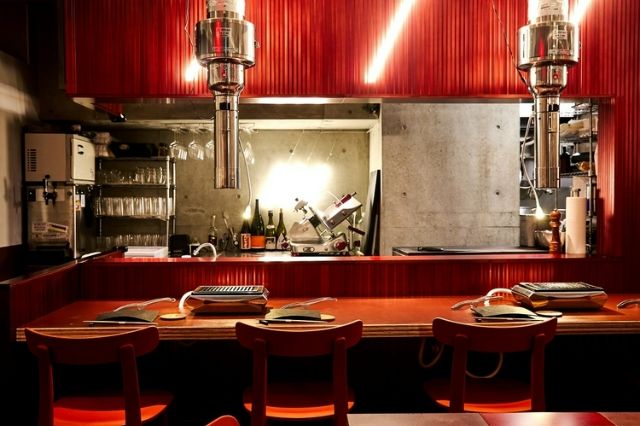

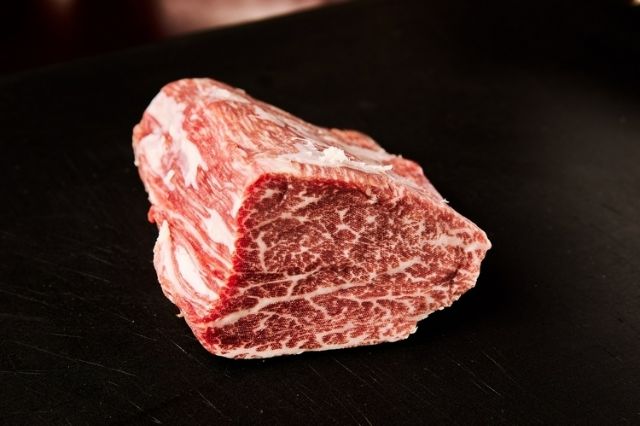
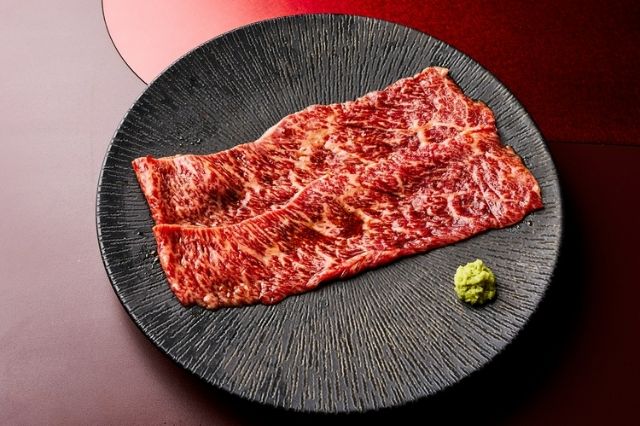

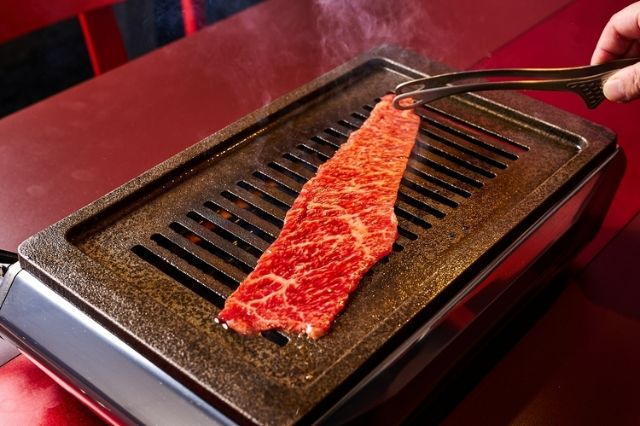
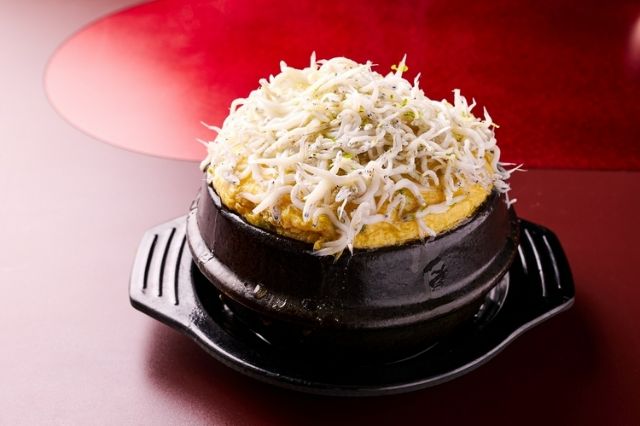
![A yakiniku restaurant dedicated to deliciousness, featuring Kobe beef purchased whole by a prominent young Italian chef | [Yakiniku Mochio] Gaienmae](https://rimage.savorjapan.com/svj/image/discover_oishii_japan/4976/article_331306_w640z.jpg)
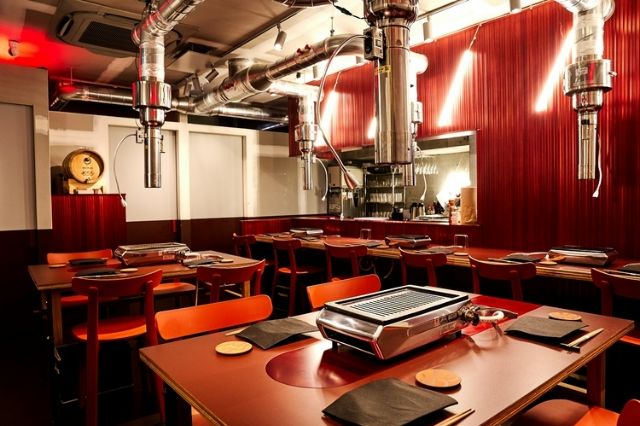









![Azabudai Hills [SUMI] (Janu Tokyo) ~ Editor's Afterword by the Editor-in-Chief of Japan's Gourmet Site](/gg/content_image//image/discover_oishii_japan/6536/article_head_150x105z.jpg)









